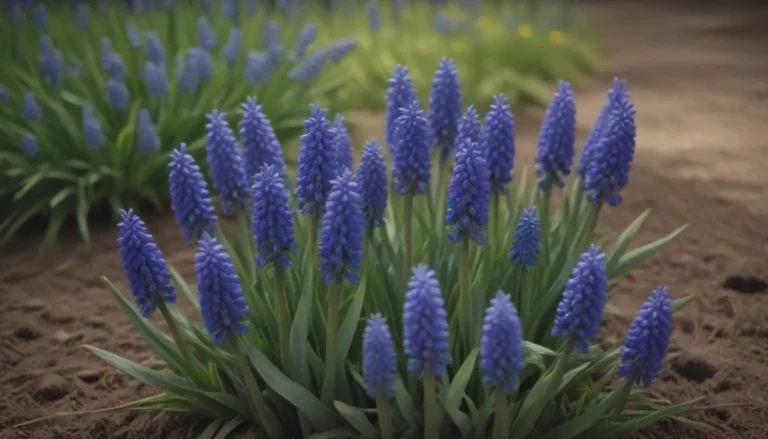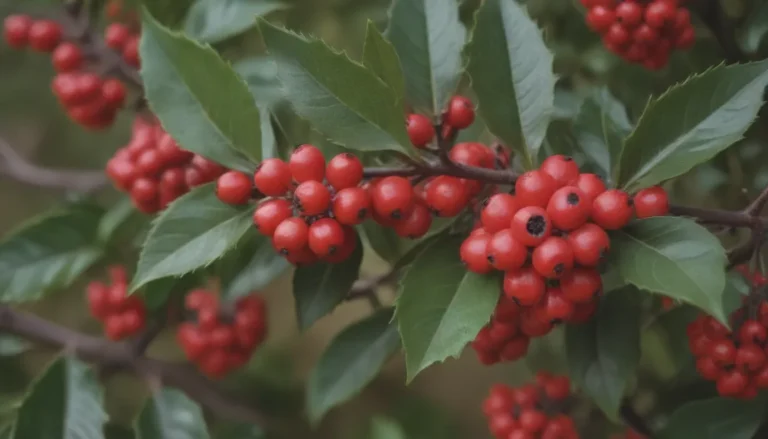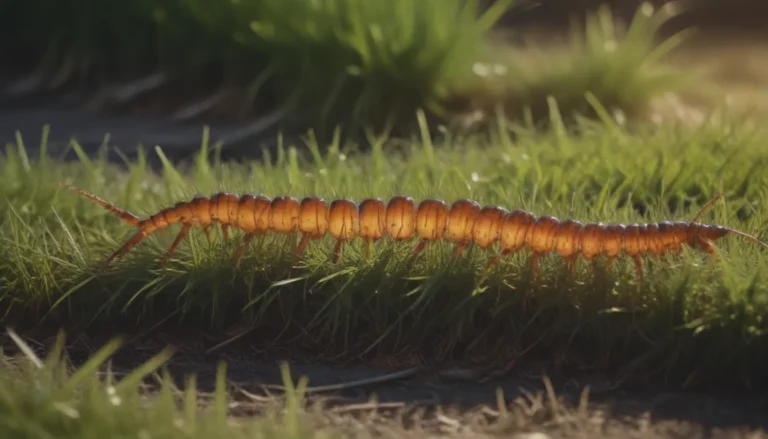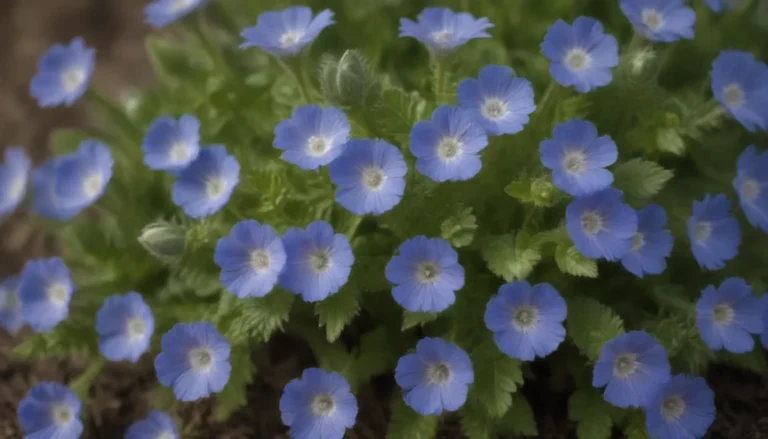A Comprehensive Guide to Growing and Caring for Mullein
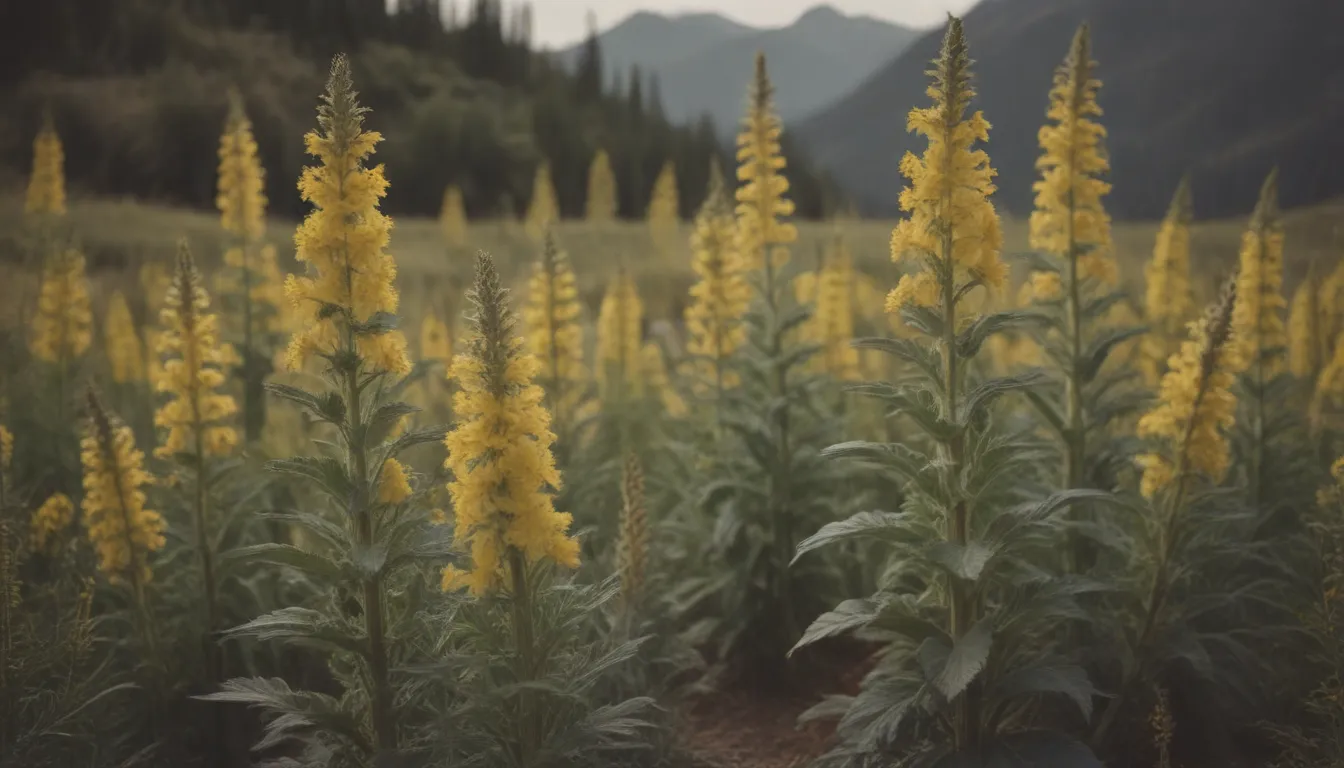
Mullein (Verbascum thapsus) is a fascinating plant that can be found growing in a variety of locations, from pastures and meadows to along roadsides and in industrial areas. This herbaceous biennial or short-lived perennial is known for its unique appearance and adaptability. In the first year, mullein plants form low-growing rosettes of hairy leaves, with gray-green oblong to lanceolate leaves that range from 4 to 12 inches long and 1 to 5 inches wide.
To successfully grow mullein and see it flower in the spring of its second year, it needs to undergo a process called vernalization, where it is exposed to cold temperatures. The striking flowers of the common mullein plant attract a variety of insects, making it a valuable addition to any garden.
Mullein Plant Care
If you’re considering growing mullein in your garden or outdoor space, here are some essential care tips to keep in mind:
Light
Mullein thrives in full sun, so make sure to plant it in a dry, warm spot that receives plenty of sunlight. Placing it near walls or large trees can offer additional protection from strong winds.
Soil
This versatile plant can grow in various soil types, but it prefers dry, slightly alkaline soil. Mullein is also adaptable to poor, calcareous soil conditions. However, it’s essential to note that it has invasive tendencies and can spread rapidly, outcompeting native species.
Water
While mullein doesn’t require excessive moisture, it’s essential to keep the soil moist when initially growing it from seed. As the plant begins to flower, increase watering frequency to support its growth.
Temperature and Humidity
Mullein is a resilient plant that can withstand extreme temperatures ranging from -25 degrees F to hot summer conditions. It adapts well to fluctuations in humidity levels, making it a low-maintenance plant for many gardeners.
Fertilizer
To encourage robust growth and abundant flowering, consider feeding mullein with a low-release 10-10-10 fertilizer following the instructions on the product label.
Types of Mullein
With over 300 varieties of mullein found across Europe, West and Central Asia, and North Africa, this plant offers a diverse range of options for gardeners. While common mullein can be invasive, hybrid types known as ornamental mullein are less aggressive and more suitable for controlled garden settings. Flowers of mullein plants come in various colors, including white, pink, lavender, purple, and yellow.
Here are a few types of mullein to consider adding to your garden:
– Moth mullein (V. blattaria)
– Olympic (or Greek) mullein (V. olympicum)
– Purple mullein (V. phoeniceum)
– Nettle-leaf mullein (V. chaixii)
Propagating Mullein
If you’re interested in propagating mullein, you can do so through seeds or cuttings. Collect seeds from mature plants or purchase them from a reputable source. Additionally, mullein with its deep taproot can be propagated through root cuttings during the dormant season.
How to Grow Mullein From Seed
Mullein seeds are dispersed near the parent plant, typically blown by the wind or carried by animals. They can remain viable in the soil for decades and germinate readily when exposed to light. To encourage germination, disturb the soil slightly, as these plants thrive in areas with disturbed soil conditions.
To prevent your garden from becoming overrun with mullein, remove excess plants and unwanted growth regularly.
Overwintering
While mullein is winter hardy, providing additional protection through mulching before frost arrives can enhance root health and protect the plant during colder months.
Common Pests and Plant Diseases
One of the appealing characteristics of mullein is its resistance to pests, with aphids being a rare issue. To avoid potential root rot, refrain from planting mullein in heavily compacted soil that hinders drainage.
How to Get Mullein to Bloom
Mullein typically blooms from June to September, with flower stalks reaching heights of two to seven feet. The distinctive yellow (and occasionally white) flowers have a unique growth pattern, spiraling up the spike as they mature. Known for their honey-like scent, mullein flowers open before sunrise and close by mid-afternoon.
Deadheading Mullein Flowers
To encourage continued blooming and prevent seed formation, deadhead spent flowers throughout the blooming season. Simply cut the stalk at its base once flowering is complete to maintain the plant’s appearance and health.
In conclusion, growing and caring for mullein can be a rewarding experience for gardeners of all levels. With its adaptability, unique flowering patterns, and resilience to pests, mullein is a valuable addition to any garden or landscape. By following these tips and guidelines, you can successfully cultivate and enjoy the beauty of mullein plants in your outdoor spaces.
Remember to explore the diverse varieties of mullein available and experiment with different propagation methods to enhance your gardening experience. Happy mullein gardening!
Sources:
1. Vernalization: Why Plants Need Winter – Illinois Extension
2. Common Mullein, Verbascum Thapsus – University of Wisconsin Horticulture
3. Invasive of the Week: Common Mullein – Matthaei Botanical Gardens & Nichols Arboretum, University of Michigan
